Serena Williams Is Not A Good Loser, So She Tries Not To Lose
Notes from her MasterClass on tennis
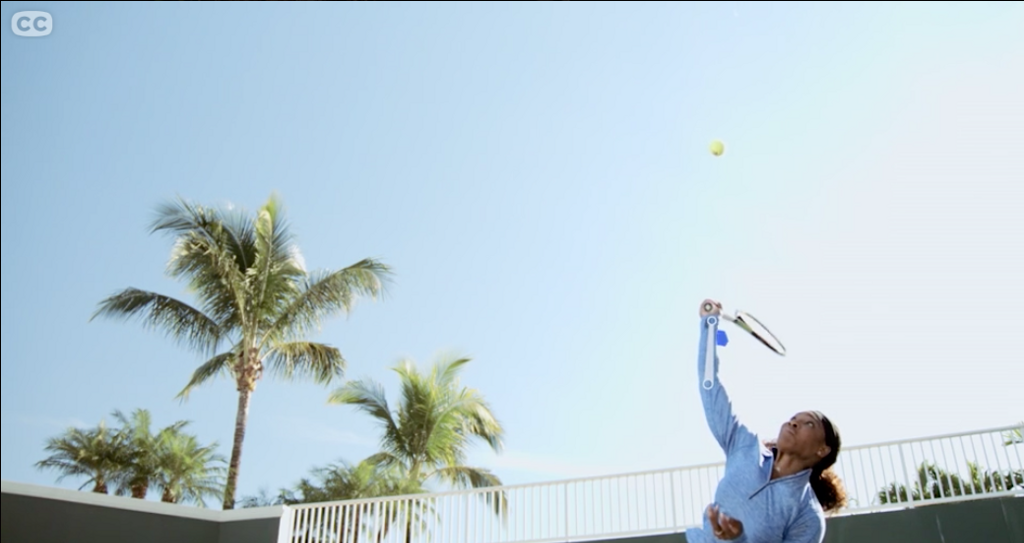
If you are a good enough natural athlete, you can pick up a football in college and eventually go pro, or start running triathlons in early adulthood and make the Olympics. Not so with tennis, a sport whose minute technical details are drilled into muscle fibers only through many, many, many, many, repetitions. The buzzkill of Serena Williams’s MasterClass, then, comes halfway through, in an episode titled “Training Like a Pro,” which begins with a clip of Serena and her sister Venus lazily riding their bikes as children. Only later do we learn that they are biking towards one of the two-a-day training sessions — 9 to 11 a.m., 1 to 6 p.m. — they withstood for much of their childhoods. Williams’s hours of training were not the only thing that made her successful, as hundreds of mildly-gifted Tylers and Shannons who bloodied their knuckles for hours a day under the tutelage of despotic parents only to become country-club pros, or, more likely, to give up the sport in disgust, can tell you. But her forty hours a week were a prerequisite.
Which is to say, if you are looking to become a world-class athlete as an adult, you might consider archery or curling. The good news about tennis is that you can get better with age, at least somewhat. I was a competitive high school tennis player who traveled to tournaments on a regional level, and I am happy to report that, even before watching Williams’s MasterClass, I could kick my eighteen-year old butt. Some of that comes from the fact that, at thirty, I have only just crested the peak of my natural athleticism, and am still digging my heels in as I slide down the other side. Most of it, however, is mental. It is amazing to realize as an adult that the things authority figures told you as a child — “It would really be easier to hit the ball if you looked at it” — actually work. Maintaining cool and composure, and having faith that everything’s going to be alright even if you miss the next ball, really do make the game easier.
So, if you’re looking for tips about split steps and open stances and the value of intensely watching your opponent’s serving toss, Serena’s MasterClass has plenty for you in varying levels of detail. (On the difficult of swinging across the body with both hands: “If [your opponents] have big chests, hit to their backhands.”) There’s also drills to improve various parts of your game. Is your two-handed backhand struggling? Serena recommends taking your right hand off the racket and trying to hit with your left. (Good news: video evidence suggests Williams is, in fact, a human-level left-handed tennis player.)
If you are struggling with consistency, Serena recommends a drill in which you try to keep the ball in play with your partner as long as possible, the consequence of missing being that the other person gets to, literally, beat you up. (Serena, with a smile: “As I you see I don’t have bruises.”)
For cardio, she likes dance classes; she takes yoga classes so she can perform better in her dance classes. What to eat? Fish and vegetables — “There are really great things out there available right now, including green drinks” — but no meat. Give yourself a Cheat Day, especially if you’re recovering from a big loss. “Usually what I do is go to a fast food restaurant and eat really bad and just really not think about it,” Williams said. She only watches footage from matches that she loses, and does so on mute. She never reads magazine articles about herself, but does cut out the pictures.
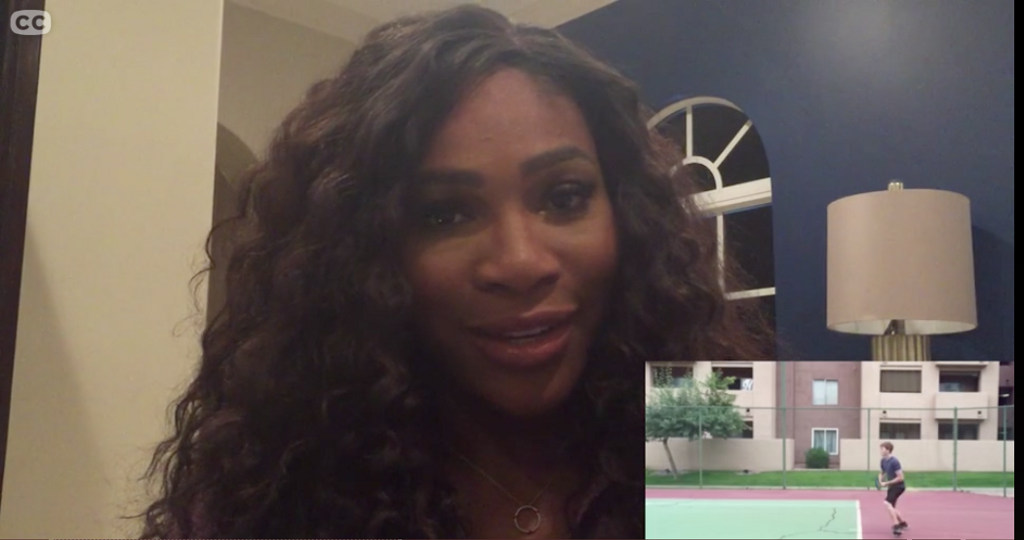
My favorite part of Serena’s MasterClass was “Office Hours,” in which she took questions — on recovering from a loss: “I’m not really a good loser so that’s why I try not to lose” — and, in a dozen or so cases, analyzed the forehands, backhands, and serves of my classmates brave enough to submit videos of themselves for her review, which could be blunt. (“Hey Rob, I just looked at your backhand. It looks a little rough.”) But when people buy lessons from famous athletes at charity auctions they are often looking less for insight into their games than, firstly, a chance to be in the athlete’s presence, and, secondly, some gossip—insight into their lives that are different from stories that get told over and over. We get some of that here.
Asked why she believes she was born to be a tennis player, Williams responded, “Because I’m not good at anything else, especially not relationships.” (Williams has been linked in the past to Common and Drake, and is now said to be dating Alexis Ohanian, the co-founder of Reddit.) Asked about how she motivates herself, she thought back to the 2010 Australian Open final, in which she had a strained thigh, a pair of bone bruises, and medical tape nearly from head to toe. She was struggling in the third set when she heard a spectator yell, “You don’t deserve to be No. 1.” Williams won the set 6–2.

The most enjoyable part of Serena’s Masterclass, for me, was a game I created called “Where’s Richard?,” in which my eyes would dart around the screen in order to catch the few fleeting glimpses of Serena’s father, a now largely hermetic figure who is credited with much of her success. There he was behind Serena as she hit groundstrokes:
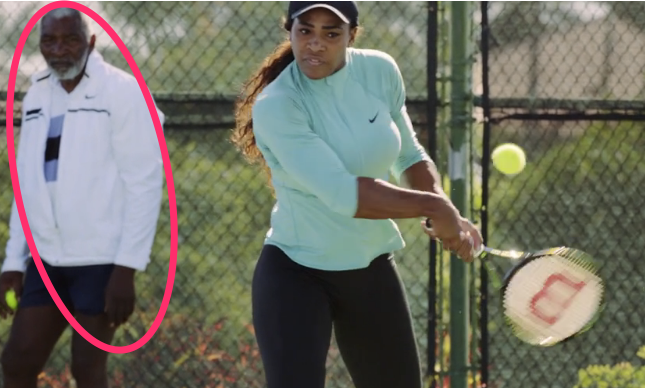
Or across the court, leaning on one of the oversized Pringles canisters tennis coaches use to pick up balls:
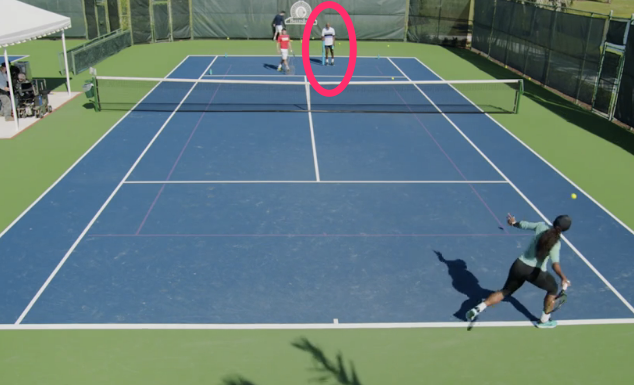
We never hear from Richard in the MasterClass’s ten episodes, but we hear a lot about him. When Serena relays tips, or suggests drills, they have often been handed down from her father; when she plays doubles with Venus, Serena says she can hear her dad’s voice spewing various training mantras that he had driven into their brains. Among his unusual tactics was to teach the sisters to throw all manner of balls — football, baseballs, medicine balls — because he believed it would increase their strength. “I can throw the ball just as far as any professional quarterback,” Williams said. I couldn’t find any digital evidence of Williams’s quarterbacking claim, but when she tossed out the first pitch at Yankee Stadium a few years back, she threw with enough power to send it sailing well over the catcher’s head.
It’s possible that Williams had just been nervous or afraid at Yankee Stadium, and that she made a power-for-accuracy calculation in order to follow the advice she gives for dealing with fear on the court: just start hitting the ball as hard as you possibly can. Technical info is something you can get from any sunburnt tennis pro, but what we really want from Serena is to get inside her head. In a certain respect this is the most comforting part of the course, because we get to learn that even Serena Williams, the greatest athlete of all time, is wracked by some variant of the same mental infirmities that pretty much everyone struggles with. “Being fearless is really crucial to having success,” she says. “But there are many times when I’m so afraid.”
Serena was the youngest of five, and did not develop confidence — in herself, in her body — until she was much older. Missing shots makes her so upset that when she gets angry on the court, she simply starts hitting the ball high over the net, with more room for error, until she calms back down. She often doesn’t eat before a match because she’s nervous, and her stomach can’t take it. “In the locker room, I have a lot of self-doubt,” Williams says, before noting that once she walks toward the court, her demeanor shifts. “The minute I put my bag on my back, my whole attitude completely changes.”

Here’s the piece that’s missing from Serena’s MasterClass: what is it that helps the world’s best athletes go from being the pile of emotions that sometimes envelop every human, to being steadfast and steely in the face of great stress? I have bad news, which is that the MasterClass offers no real advice on the subject. Instead, it ends by trying to return some control to the students. The last and longest episode in Serena’s MasterClass focuses on her serve, the weapon that has made her nearly impossible to beat for so many years. The chapter is the course’s most technically dense one, with tips on your toss, form, follow-through, and everything in between. Williams likes to serve, she says, because, “the serve I’m in control of.”
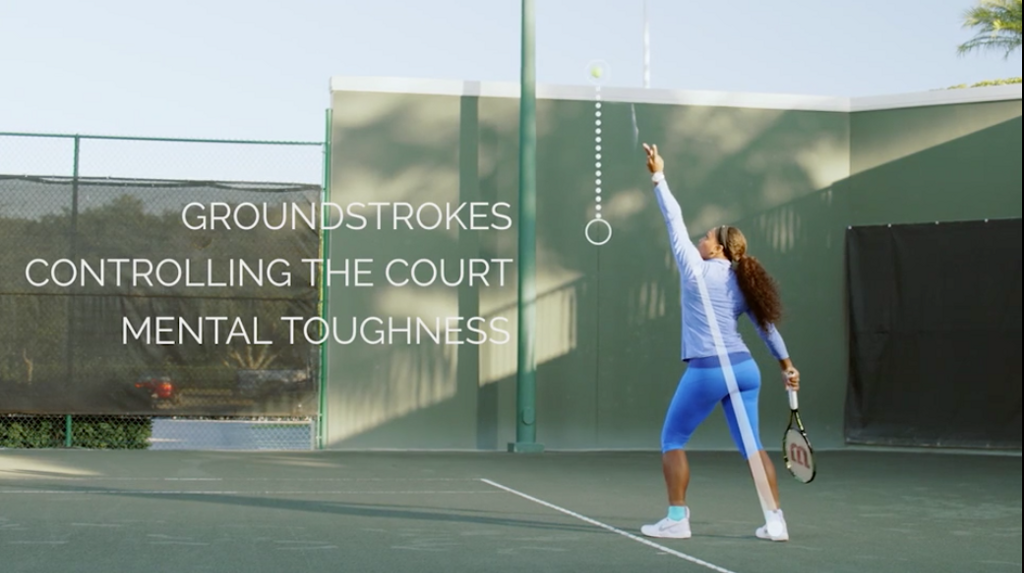
Everything else in a tennis match is subject to the whims of the player across the court, and can never be fully predicted. A tennis career can’t be predicted, either, and towards the end of the video, Williams addresses what is likely one of the larger demographics for the class — overbearing tennis parents looking to build a champion — by encouraging them to be loving and understanding toward their children in addition to being hardasses.
The only good news is that the greatest tennis player of all time finds calm amidst such unpredictability simply by reminding herself that, whenever she is feeling stressed, or the weight of potential history is falling upon her shoulders, or the world is asking her to do things no other athlete has ever done —that even at that highest level, Serena Williams comforts herself with the realization that, “In ten years, it’s not gonna really matter. No one’s gonna remember this match. And if so, they’re definitely not gonna be angry.”
Reeves Wiedeman is a contributing editor at New York magazine.
